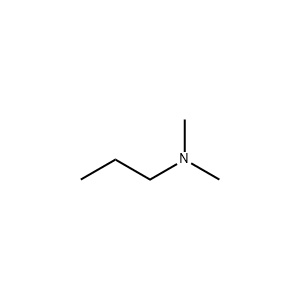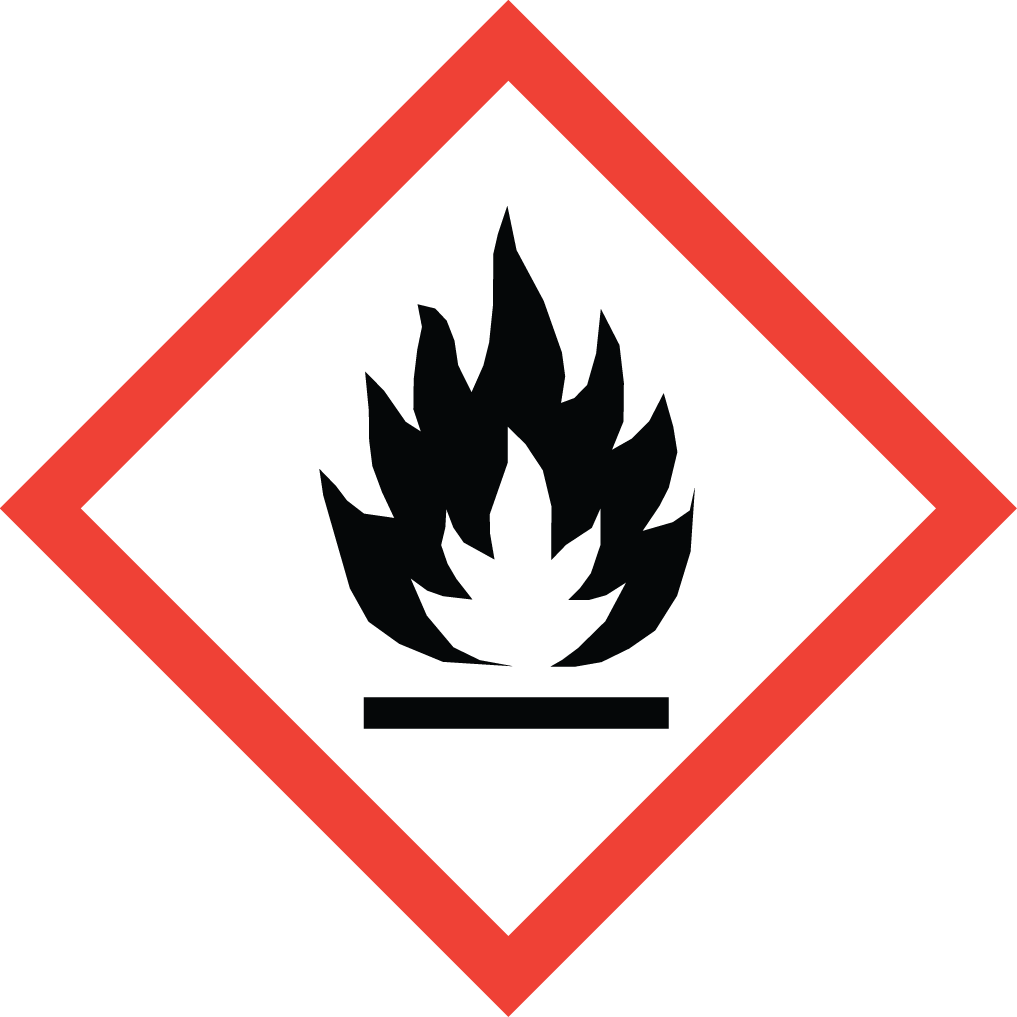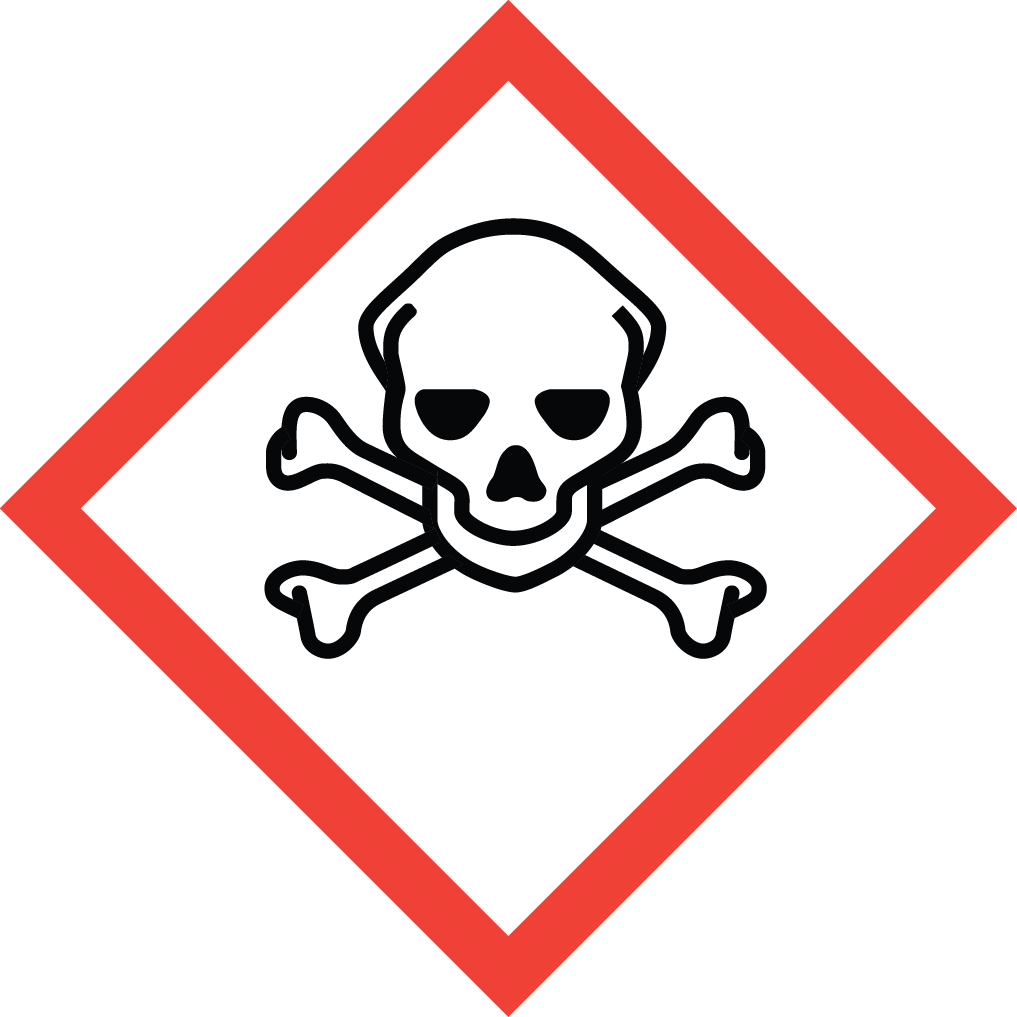Discover Aure Chemical's Premium N,N-Dimethylpropylamine Supply
N,N-Dimethylpropylamine (DMPA), CAS 926-63-6, is a crucial, short-chain tertiary amine. It is a colorless, highly volatile liquid known for its powerful basicity and high catalytic activity. With its structure—two methyl groups and one propyl group attached to the nitrogen atom—DMPA functions effectively as a low-odor catalyst and a versatile intermediate, especially favored in applications requiring a balance of reactivity and volatility.
Basic Information of DMPA
Meticulously produced and rigorously tested to meet stringent quality standards. We ensure exceptional purity and consistent performance, essential for your critical applications:
| CAS No.: | 926-63-6 |
|---|
| EC No.: | 213-139-9 |
|---|
| Linear Formula: | C5H13N |
|---|
| Molecular Weight: | 87.16 |
|---|
| Appearance: | Colorless, clear, volatile liquid |
|---|
| Odor: | Strong, characteristic amine odor (less pungent than some lower amines) |
|---|
| Melting Point: | -115.88°C (estimate) |
|---|
| Boiling Point: | 65.85°C |
|---|
| Density: | 0.6955 |
|---|
| Solubility: | Miscible with water and most organic solvents. |
|---|
| Flash Point: | -10°C |
|---|
| RIDADR: | UN 2266 3/PG 2 |
|---|
| Chemical Structure: |  |
|---|
Application Overview
N,N-Dimethylpropylamine (DMPA) is strategically employed as a high-efficiency reagent and catalyst across several industrial applications:
Polyurethane Foaming: DMPA is a highly effective tertiary amine catalyst used primarily to drive the blowing reaction (water-isocyanate reaction) in the production of flexible, rigid, and microcellular polyurethane foams, helping to control the foam's rise and density profile.
Quaternary Salt Manufacturing: It serves as a fundamental precursor in the synthesis of various quaternary ammonium compounds. These derivatives are widely used as antistatic agents, fabric softeners, biocides, and corrosion inhibitors in the oilfield and water treatment industries.
Epoxy and Coating Curing: Due to its strong basicity, DMPA acts as an efficient accelerator or hardener for certain epoxy resin systems, especially in powder coatings and adhesives, significantly reducing the required curing time and energy.
Solvent and Neutralizing Agent: Its solubility and volatility make it suitable as a neutralizing agent in industrial process streams or as a specialty solvent where a volatile, easily removable base is required.
Intermediate for Specialty Chemicals: It is used in the synthesis of other specialized chemicals, including certain pharmaceutical intermediates and UV stabilizer compounds.
Why Choose Aure Chemical for N,N-Dimethylpropylamine?
Partnering with Aure Chemical for your DMPA (CAS 926-63-6) needs guarantees you a product optimized for your industrial applications, backed by superior quality assurance.
Volatile Amine Management: We utilize dedicated inert-gas blanketing systems and specialized storage vessels to prevent oxygen and moisture ingress, which can rapidly degrade volatile amines like DMPA. This preserves the product's reactivity and minimizes byproduct formation.
Catalytic Activity Optimization: Our quality assurance includes testing for volatile purity via Gas Chromatography (GC) to ensure the active amine content is maximized. This translates directly to consistent and predictable catalyst performance in your foam or curing operations, reducing batch variation.
Advanced Odor Control Protocols: Recognizing the strong odor characteristic of amines, Aure Chemical employs proprietary scrubbing and packaging protocols to minimize fugitive emissions during transfer and storage, offering a lower-odor handling experience for our customers compared to standard suppliers.
Custom Synthesis for Derivatives: Beyond supplying the raw material, we offer custom manufacturing services for DMPA derivatives, including specific quaternary ammonium salts. This integrated capability allows you to streamline your supply chain for final-product intermediates.
Hazards Classification
GHS Classification: Flammable Liquid (GHS02), Acute Toxicity (GHS06), Skin Corrosion/Irritation (GHS05)
Hazard Statements: Highly flammable liquid and vapor; harmful if swallowed, in contact with skin or if inhaled; causes severe skin burns and eye damage.
UN Number: UN 2266
Hazard Class: 3 (Flammable Liquids)
Packing Group: II
 GHS02: Flammable
GHS02: Flammable GHS05: Corrosive
GHS05: Corrosive GHS06: Acute toxicity
GHS06: Acute toxicity
